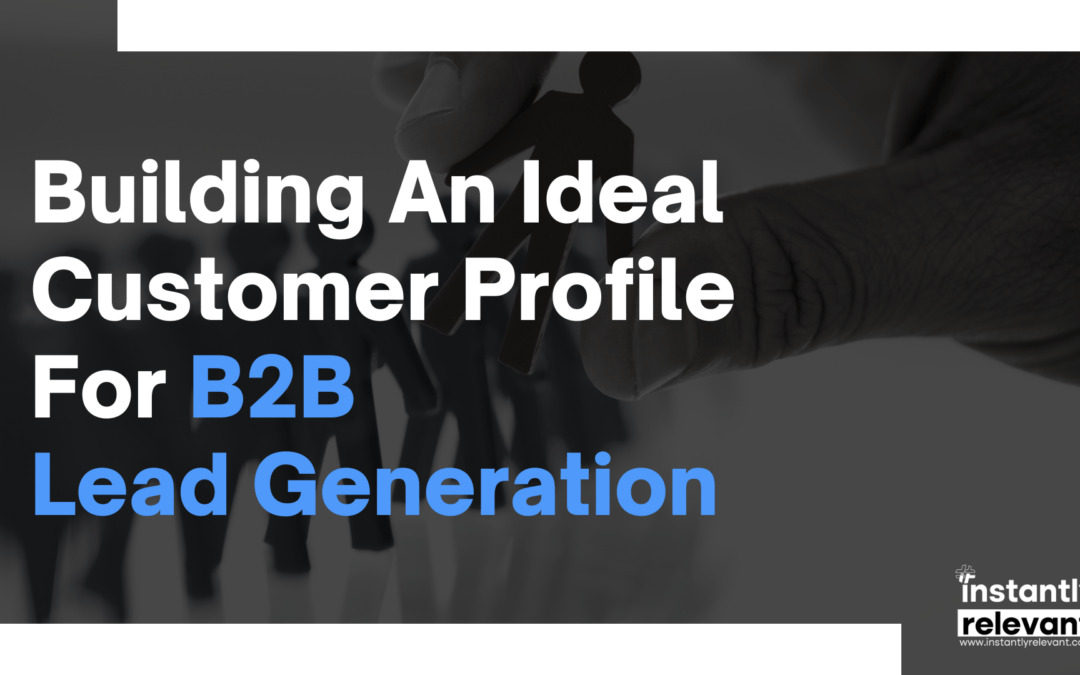Every effort you invest in lead generation must be targeted, personalized, and aligned with the needs of your potential clients. But how do you ensure your messaging reaches the right ears and resonates with the most promising prospects? The answer lies in building a rock-solid Ideal Customer Profile (ICP).
Imagine having a virtual roadmap that guides you directly to the businesses most likely to benefit from your offerings. This is exactly what an Ideal Customer Profile provides—a meticulously crafted blueprint for your B2B lead generation endeavors.
In this blog, we’ll take you through the seven crucial steps to creating an ICP. Discover how to ensure it defines your target audience and helps you establish meaningful connections, drive engagement, and boost conversions.
7 Steps to Craft an Ideal Customer Profile for Effective B2B Lead Generation
1. Define your target industry
Identify the industries your B2B product or service is most suited for. Consider factors such as industry trends, compatibility, and potential pain points your offering can address. This initial step narrows your focus and directs your efforts toward the most promising prospects.
2. Analyze past successful clients
Look into your existing client base and identify the clients who have reaped the most value from your product or service. What common traits, challenges, or goals do they share? The answers will serve as a foundation for building your ideal customer profile and help you identify similar businesses to target.
3. Demographic and firmographic details
Gather essential demographic and firmographic data, such as company size, revenue, location, and industry-specific metrics. This data helps you segment your potential leads into distinct categories and tailor your messaging to resonate with each group’s unique needs.
4. Pinpoint pain points and challenges
Understand the specific problems your ideal customers are facing and how your solution can alleviate them. Craft messaging that highlights these pain points to attract the right prospects.
5. Identify decision-makers and influencers
Map out the decision-making hierarchy within your target companies. Identify key decision-makers, influencers, and stakeholders who play a role in purchasing decisions. Tailor your communication strategies to engage and resonate with each stakeholder’s perspective.
6. Behavioral insights and buying triggers
Study the behaviors and triggers that indicate a potential lead is ready to engage. This could include visiting specific web pages, downloading resources, or attending industry events. By tracking these actions, you can time your outreach effectively and provide valuable information at the right moments.
7. Constant iteration and refinement
Building an ideal customer profile is an ongoing process. Regularly review and refine your profile based on feedback from your sales team, campaign performance, and changes in the market. Continuously update your profile to align with your evolving B2B lead generation goals.
Bottom line
Crafting an effective ideal customer profile lays the groundwork for a successful B2B lead generation strategy. By understanding your target audience’s unique needs, pain points, and behaviors, you can tailor your approach, increase engagement, and ultimately drive meaningful conversions.
Contact us today to start refining your ideal customer profile and supercharge your B2B lead generation strategy: https://calendly.com/instantlyrelevant.

